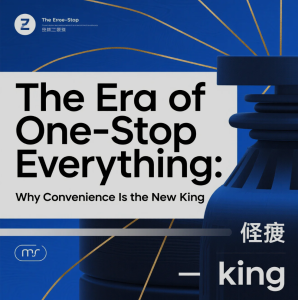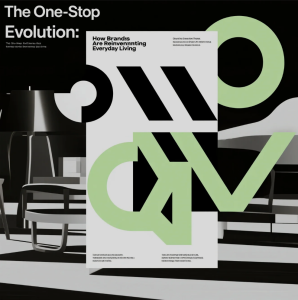Convenience used to mean speed, simplicity, or easy access. Today, it means something even bigger—systems that work together, understand what we want, and deliver solutions before we even ask.
Welcome to the future of integrated experiences, where technology, data, and human-centered design come together to remove barriers between daily tasks, services, and digital tools.
From mobile apps and smart homes to retail ecosystems and digital banking, integrated platforms are changing not just how we interact with technology—but how we live.
🔗 The Shift from Single Services to Connected Ecosystems
Not long ago, every app or tool stood alone. You had a banking app, a food delivery app, a personal calendar, and countless more—all separate, all disconnected.
Today, modern platforms are moving toward:
- Centralized hubs
- Cross-connected services
- Shared data systems
- Seamless handoffs between tools
This signals a new era where users don’t manage technology—technology manages itself.
⚙️ 1. Data Working in Harmony
When platforms talk to each other, data becomes a superpower.
Integrated systems can:
- Recognize user behavior
- Predict needs before requests are made
- Reduce repetitive tasks
- Personalize experiences in real time
Instead of checking five apps to plan your day, a unified system could:
- Block time in your calendar
- Book transport
- Suggest meals
- Send you updates
All with minimal input from you.
🤖 2. AI as the Silent Assistant
AI plays a major role in the future of integration—not by being flashy, but by working quietly in the background.
AI enables:
- Automated decision-making
- Predictive recommendations
- Intelligent notifications
- Smart problem resolution
Just like predictive text knows what you’re about to type, integrated AI systems will soon know what you’re about to need.
🏠 3. Smart Living: Home as the Command Center
Homes are becoming integrated environments filled with connected devices:
- Lights
- Climate control
- Appliances
- Security
- Entertainment systems
Soon, your home won’t just respond to your commands—it will anticipate them, such as:
- Cooling your living room before you arrive
- Starting the coffee maker based on your waking time
- Locking doors when the system detects you’ve gone to bed
Convenience becomes something you experience, not something you request.
🛍️ 4. Seamless Commerce Across Platforms
In retail and service industries, integrated experiences are changing how customers buy.
Examples include:
- Unified loyalty programs
- Cross-platform shopping carts
- Shared payment methods
- Delivery tracking across brands
Shopping no longer feels like multiple steps—it feels like one continuous flow, regardless of channel.
💼 5. Business Gains More Than Efficiency
For companies, integrated platforms deliver:
- Lower operational friction
- Fewer redundant tools
- Faster customer service
- Better business intelligence
- Stronger brand differentiation
Most importantly, organizations build ecosystems instead of products, which keeps customers engaged longer and more consistently.
🧩 6. The Real Goal: Invisible Complexity
The future of integrated experiences is not about adding more features—it’s about making complexity disappear.
The user shouldn’t have to know:
- How systems sync
- What tech is running in the background
- Which tool handles what task
All they should feel is:
- Everything just works
- Things get done faster
- Life becomes easier
That’s true next-level convenience.
🌍 7. A Human-Centered Future
Technology means nothing without the human experience.
Integrated platforms succeed when they:
✔ respect user privacy
✔ reduce cognitive load
✔ give people time back
✔ enhance real-world living
✔ stay intuitive and easy to use
The best systems make users feel empowered—not overwhelmed.
⭐ Final Thoughts
The future of convenience isn’t about more technology—it’s about better unity among the technology we already use.
We are moving into a world where:
- Apps are interconnected
- Machines communicate autonomously
- AI predicts needs
- Services blend seamlessly
And for the user, it all feels simple.
That’s the power of integrated experiences, and the future is already unfolding.




